The housing market is constantly evolving, and the next 12 months promise to bring some unexpected shifts. From fluctuating mortgage rates to emerging trends in remote work and urban living, buyers, sellers, and investors alike will need to stay ahead of the curve. In this article, we’ll explore 12 surprising ways the housing market is set to change—some of which may redefine how we think about homeownership and real estate investment. Whether you’re looking to buy, sell, or simply keep informed, these insights will help you navigate the year ahead with confidence.
1. Solar-Powered Communities
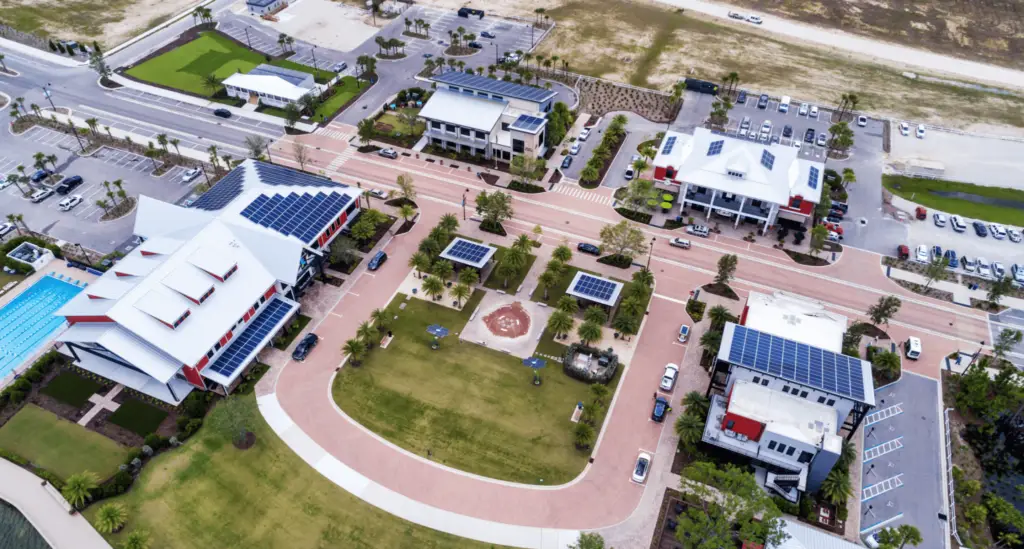
Solar-powered communities, which rely entirely on solar energy, are gaining traction as a sustainable housing solution. These neighborhoods reduce utility costs and carbon footprints, appealing to eco-conscious buyers. The Solar Energy Industries Association advocates for widespread adoption of solar technology in residential developments.
By integrating solar panels, battery storage, and energy-efficient designs, developers are creating communities that align with renewable energy goals. Some projects even achieve net-zero energy consumption, making them a model for future housing.
2. Floating Homes
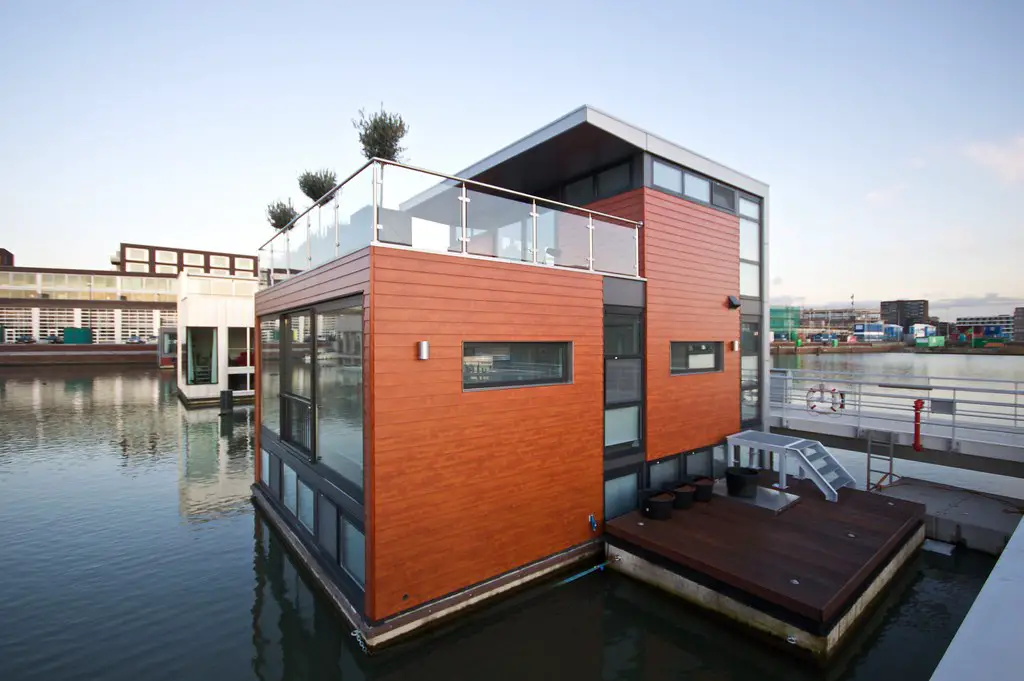
Floating homes are an innovative solution for coastal regions grappling with rising sea levels and limited land availability. These homes are designed to adapt to changing water levels, anchored securely to withstand tides and storms. Popular in areas like Amsterdam and Seattle, they offer a unique lifestyle that combines modern comforts with waterfront living. Many floating homes incorporate sustainable features, such as solar panels and water recycling systems, to minimize their environmental impact. In addition to their functionality, they often boast breathtaking views and an unparalleled connection to nature.
As climate change drives the need for adaptive housing solutions, floating homes are becoming more than a niche market. Architects and engineers are exploring ways to scale these designs for broader applications, including entire floating neighborhoods. According to National Geographic, advancements in technology are making these homes more accessible and resilient. They also attract homeowners seeking an alternative to traditional real estate in increasingly congested urban areas. Floating homes are a glimpse into the future of sustainable, adaptable housing.
3. Adaptive Reuse Projects
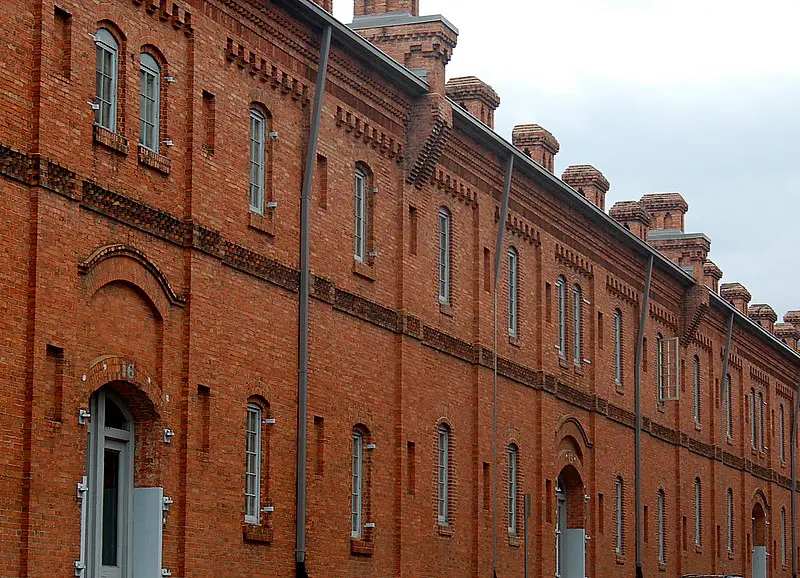
Adaptive reuse projects are transforming historic warehouses, factories, and even old churches into unique residential spaces. These developments preserve the architectural heritage of urban landscapes while creating distinctive homes that cater to modern needs. For example, a former factory might be converted into loft-style apartments, offering high ceilings and large windows that maintain the industrial charm. These projects are often eco-friendly, as repurposing existing structures reduces construction waste and minimizes the need for new building materials. They also contribute to urban revitalization by breathing new life into neglected neighborhoods.
Beyond aesthetics, adaptive reuse projects can offer practical benefits for cities and residents alike. Historic tax credits often make such developments financially viable, attracting both investors and homebuyers. Additionally, these projects tend to appeal to a growing demographic seeking sustainability and uniqueness in their living spaces. According to Curbed, adaptive reuse is gaining traction as cities focus on preserving their cultural identity while addressing housing shortages. From New York to Portland, these projects are redefining what it means to merge the past with the future.
4. Tiny Home Communities
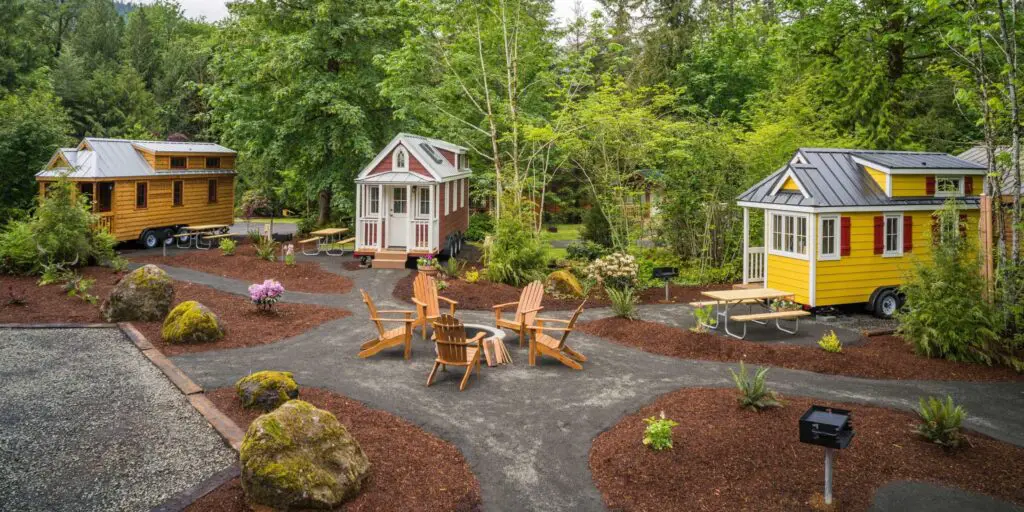
Tiny home communities are evolving into vibrant, sustainable neighborhoods that offer minimalist living with shared amenities. These homes, typically under 300 square feet, emphasize efficiency and simplicity without sacrificing comfort. Communities often feature shared gardens, recreational areas, and co-working spaces, fostering a sense of collaboration among residents. Tiny homes appeal to a diverse range of buyers, from young professionals seeking affordability to retirees downsizing for a simpler lifestyle. They also provide an environmentally friendly option, as their small footprint requires fewer materials and less energy to maintain.
The growth of tiny home communities reflects a broader cultural shift toward sustainable and intentional living. As housing costs rise in urban and suburban areas, these developments offer an appealing alternative for those looking to escape financial strain. Organizations like Tiny House Society are tracking their expansion across the U.S., with communities popping up from California to Florida. Beyond affordability, they promote a sense of belonging and shared purpose among residents. Tiny home communities demonstrate that less can truly be more, especially when paired with thoughtful planning and design.
5. Walkable Suburbs
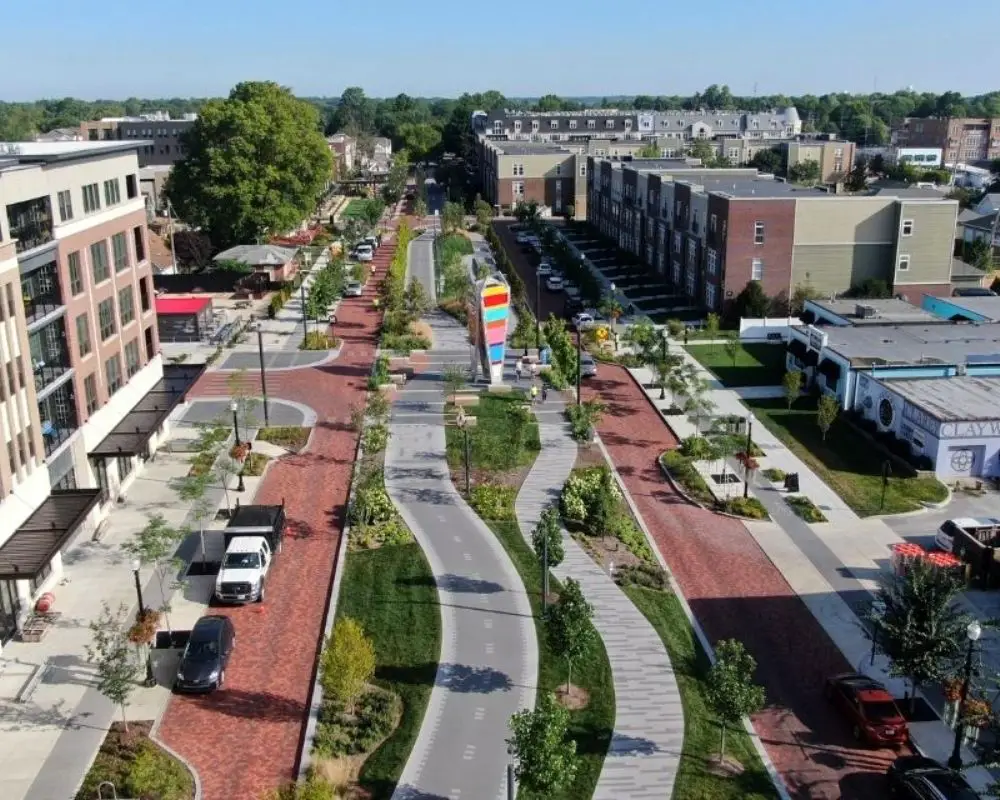
Walkable suburbs are redefining traditional suburban living by prioritizing pedestrian-friendly designs and accessible amenities. These areas often include interconnected parks, walking trails, and shopping centers within a short distance of residential neighborhoods. By reducing the reliance on cars, walkable suburbs promote a healthier and more sustainable lifestyle. They attract families, retirees, and young professionals who value convenience and community. Additionally, they help reduce traffic congestion and lower carbon emissions, making them a preferred choice for environmentally conscious residents.
This trend reflects a growing demand for suburban developments that blend urban accessibility with the tranquility of residential areas. According to CityLab, walkable suburbs are becoming increasingly popular in regions experiencing urban sprawl. Developers are redesigning older suburban layouts to prioritize walkability, often incorporating public transit options to further enhance accessibility. These communities are more than a trend; they represent a long-term shift toward human-centered design. As they gain momentum, walkable suburbs are setting a new standard for the future of residential planning.
6. Smart Neighborhoods
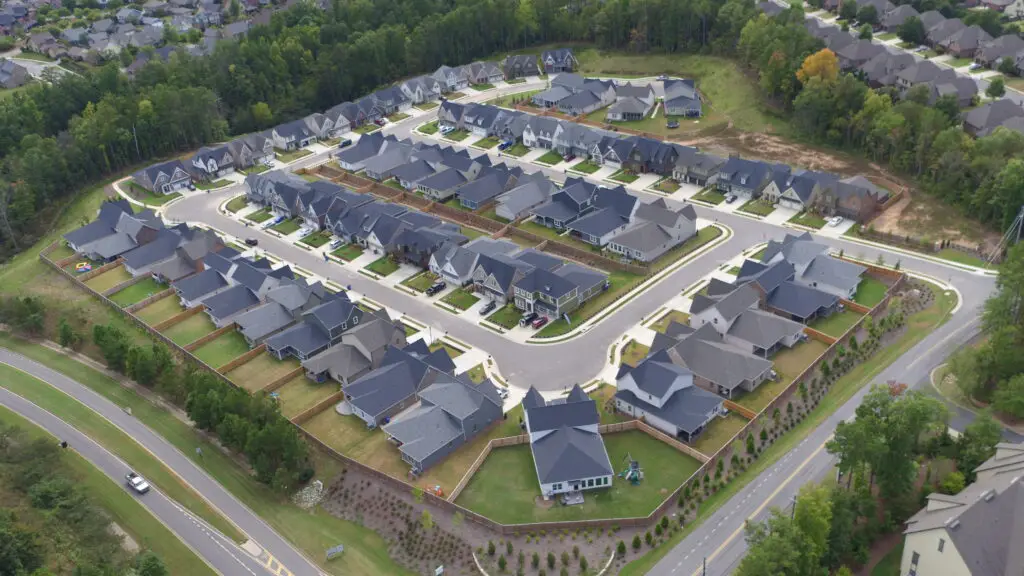
Smart neighborhoods, equipped with integrated technologies like app-controlled lighting, heating, and security systems, are redefining suburban living. These communities promise convenience and energy efficiency but often come with a premium price tag. According to TechHive, smart neighborhoods are increasingly appearing in new developments across the U.S., catering to tech-savvy homeowners.
While these neighborhoods provide state-of-the-art features such as smart thermostats and security systems, critics note potential concerns over data privacy and the reliance on technology. Developers emphasize that these innovations not only enhance daily living but also contribute to energy savings and sustainability. As demand grows, expect to see more smart technology integrated into both urban and suburban housing projects.
7. Eco-Friendly Construction
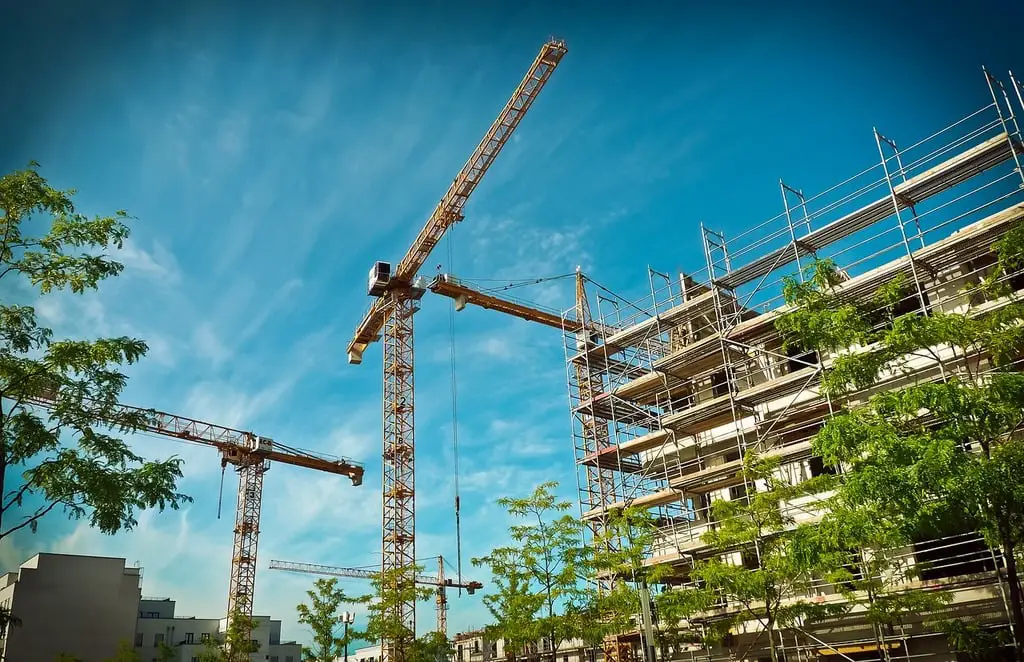
Eco-friendly construction is transforming the housing industry with sustainable materials like bamboo, recycled steel, and low-carbon concrete. These materials not only reduce environmental impacts but also appeal to eco-conscious buyers. The U.S. Green Building Council highlights the surge in demand for LEED-certified homes, which prioritize energy efficiency and green building practices.
Developers are also incorporating renewable energy sources, water-saving fixtures, and smart waste management systems into their designs. While the upfront costs of these materials may be higher, many homeowners find long-term savings in reduced energy bills and maintenance. This shift reflects a broader trend toward sustainability in every aspect of construction.
8. Co-Living Spaces

Co-living spaces are emerging as an innovative solution for affordable housing in urban centers. These developments feature shared amenities such as kitchens and lounges, while residents maintain private bedrooms for personal space. Forbes notes that co-living is particularly popular in cities like New York and Los Angeles, where housing costs are notoriously high.
These spaces cater primarily to younger buyers and renters who value affordability and community. They also foster a sense of connection among residents, which is especially appealing in densely populated cities. Developers are expanding these models to include additional perks like coworking spaces and event programming, making co-living a dynamic and modern housing option.
9. Mixed-Use Communities
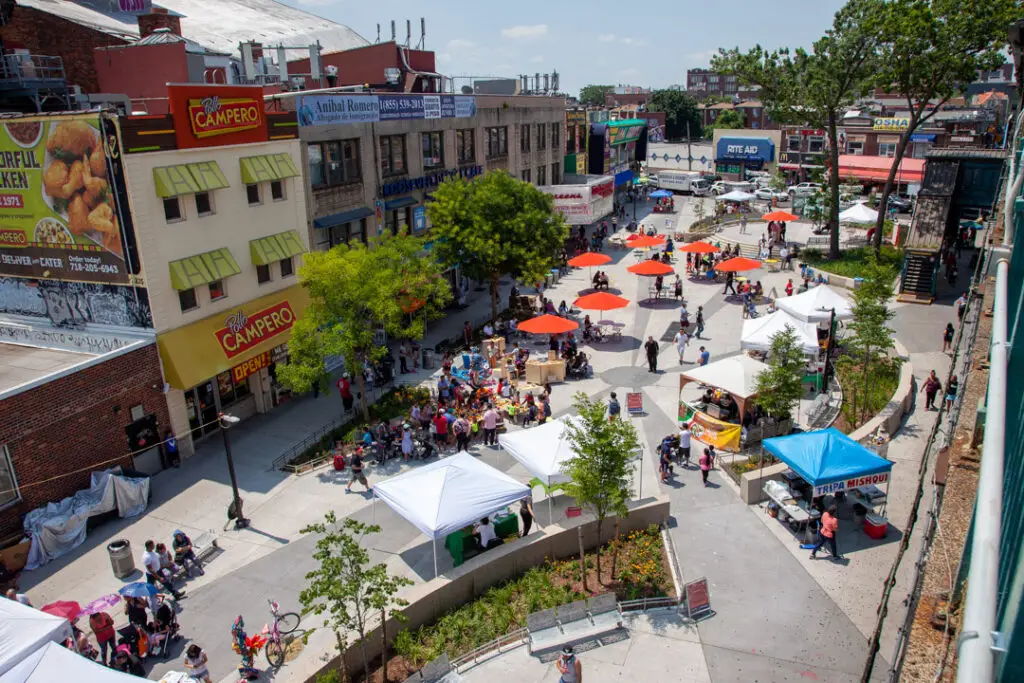
Mixed-use developments are transforming urban and suburban landscapes by combining residential, commercial, and recreational spaces into a single location. These communities allow residents to live, work, and play without the need for long commutes. The Urban Land Institute reports that the demand for mixed-use communities is growing due to their convenience and walkability.
Incorporating features like retail shops, parks, and entertainment venues, these neighborhoods create vibrant, self-contained hubs. They are especially attractive to millennials and retirees who prioritize accessibility and community engagement. However, developers must carefully plan infrastructure to avoid overloading local resources.
10. Micro-Apartments
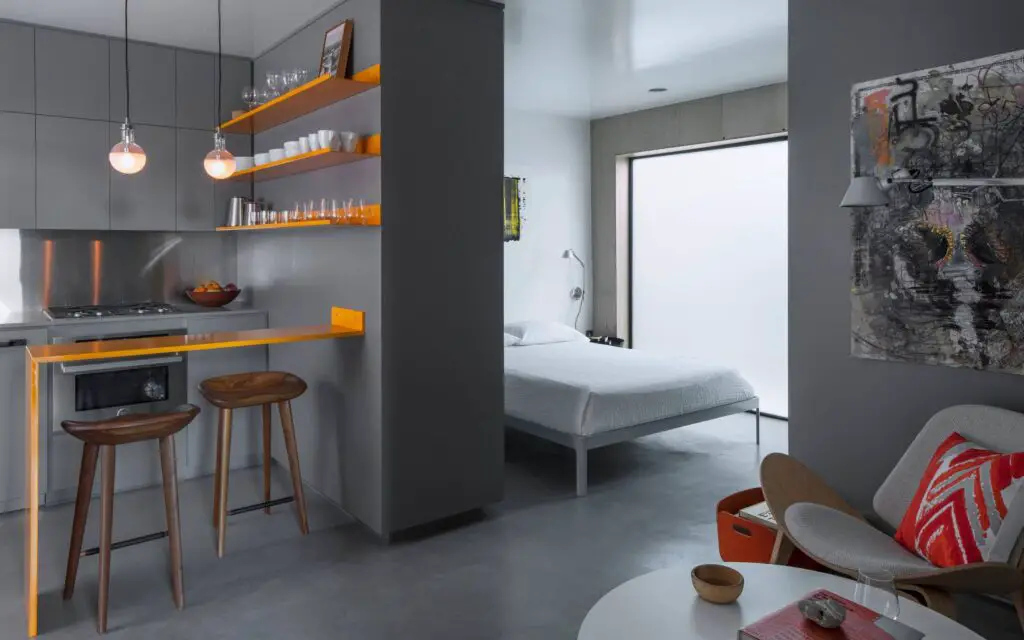
Micro-apartments, often under 400 square feet, are gaining popularity in cities with high housing costs. These compact units maximize functionality with innovative space-saving designs. Architectural Digest highlights micro-apartments as an ideal option for young professionals and empty nesters seeking an affordable urban lifestyle.
Despite their small size, these apartments often include high-quality finishes and access to shared amenities like gyms and lounges. Critics argue that the limited space may not suit everyone, but advocates see them as a practical solution to urban housing shortages. Developers are experimenting with layouts that make small spaces feel more livable, ensuring the trend remains appealing.
11. Vertical Forest Buildings
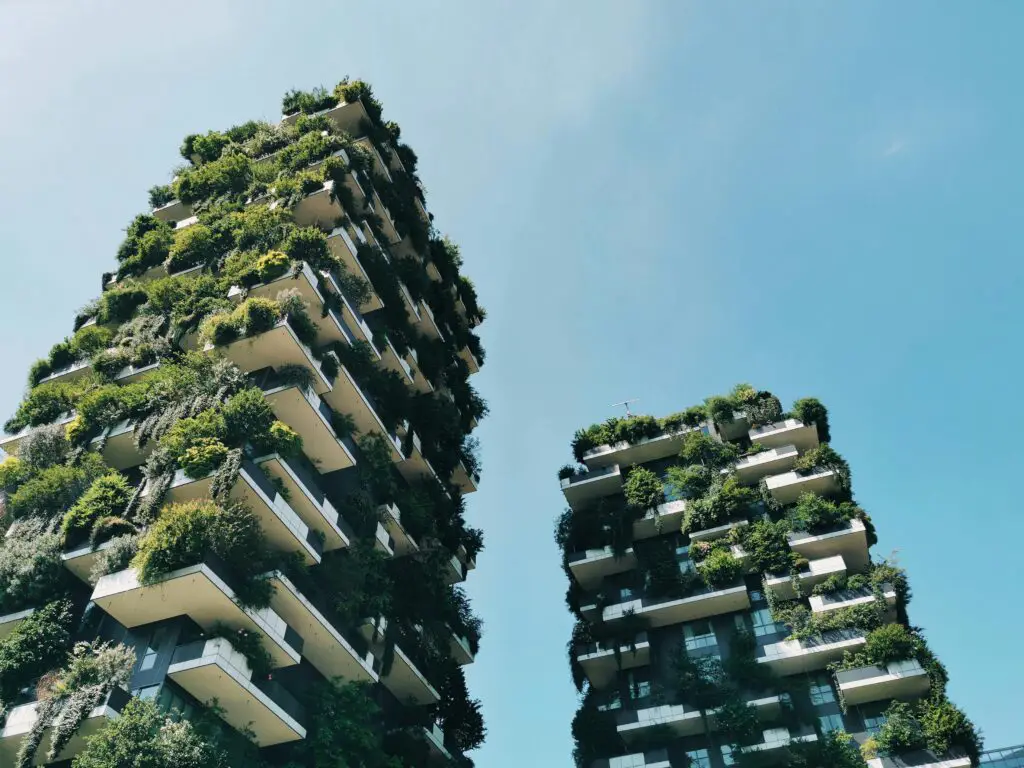
Vertical forest buildings, featuring trees and greenery on balconies and façades, are redefining urban sustainability. These innovative structures improve air quality, enhance aesthetics, and offer residents a connection to nature. Popular in Europe and Asia, vertical forests are now making their way to North America. Dezeen showcases these buildings as a forward-thinking approach to environmental design.
The integration of greenery helps offset urban heat islands and reduces energy consumption through natural insulation. While these projects require higher upfront costs and maintenance, they align with growing trends toward green architecture and urban resilience. Expect to see more cities adopting this model as a response to climate change.
12. 3D-Printed Homes
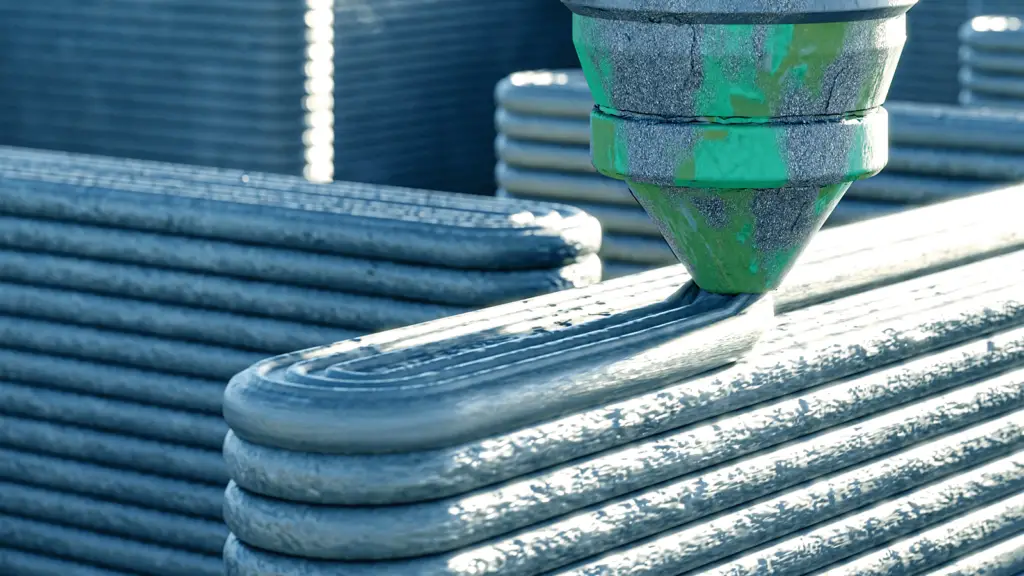
3D-printed homes are revolutionizing construction with their affordability and speed. These homes are particularly valuable for disaster recovery and addressing housing shortages. CNBC highlights companies pioneering this technology to create cost-effective housing solutions.
Using 3D printing reduces labor costs and material waste, making it a sustainable alternative to traditional construction methods. Some developers are even creating entire communities of 3D-printed homes, showcasing the technology’s potential for scalability. While still in its early stages, 3D printing could become a cornerstone of future housing strategies.
